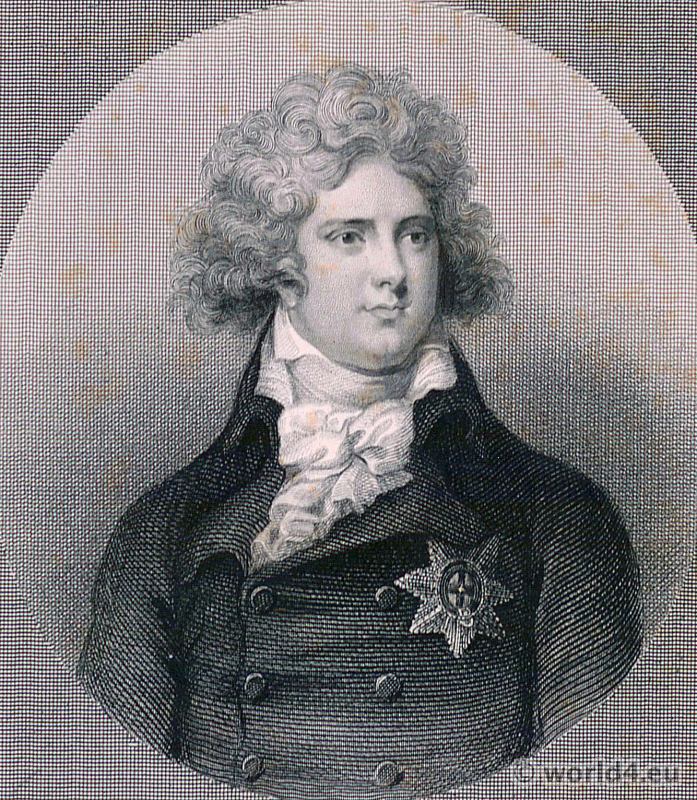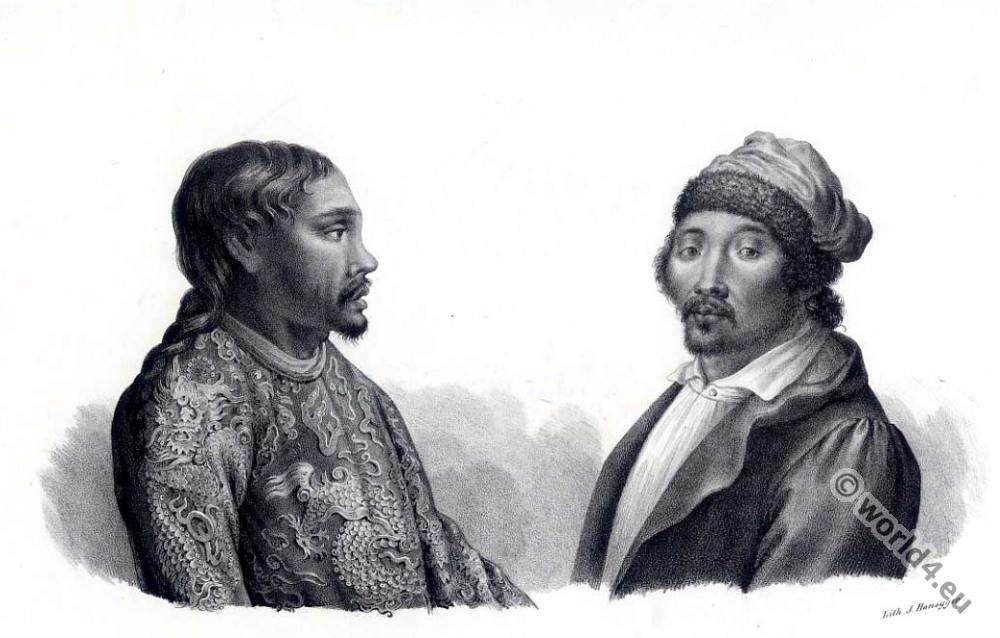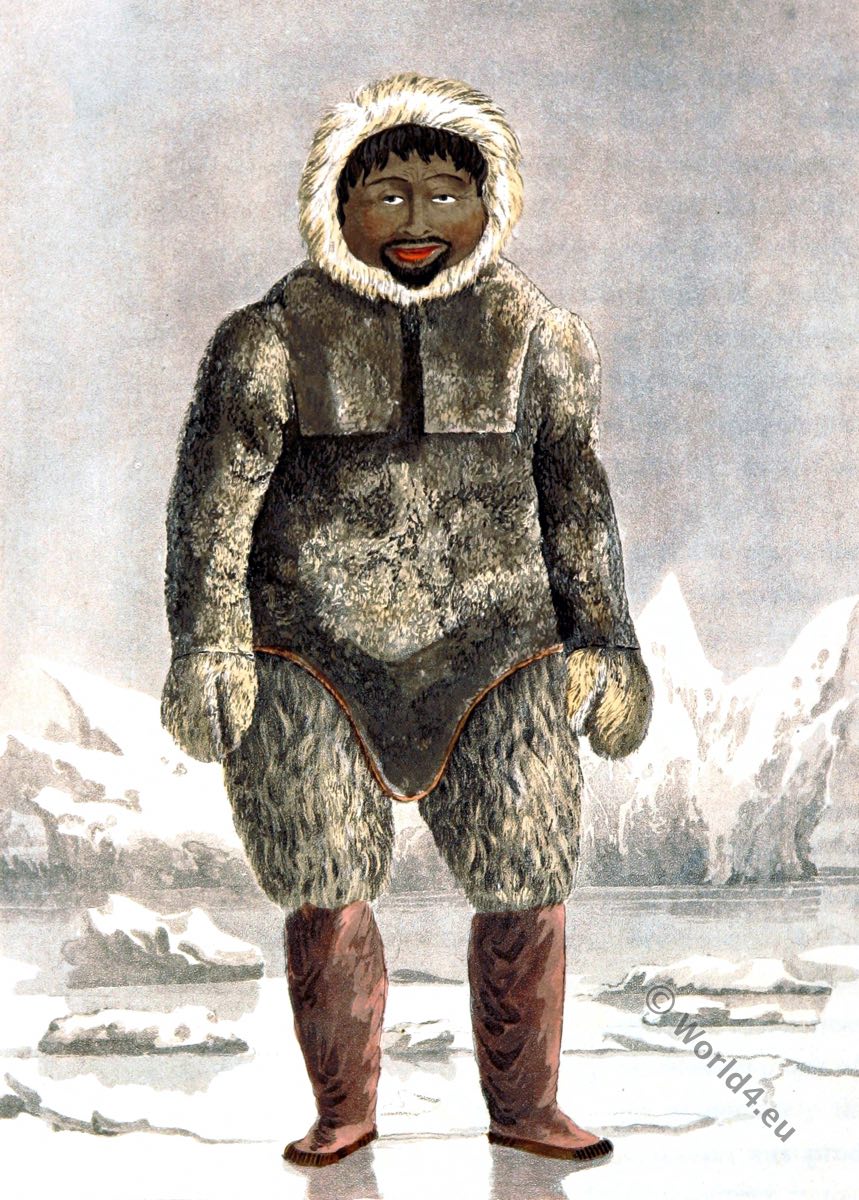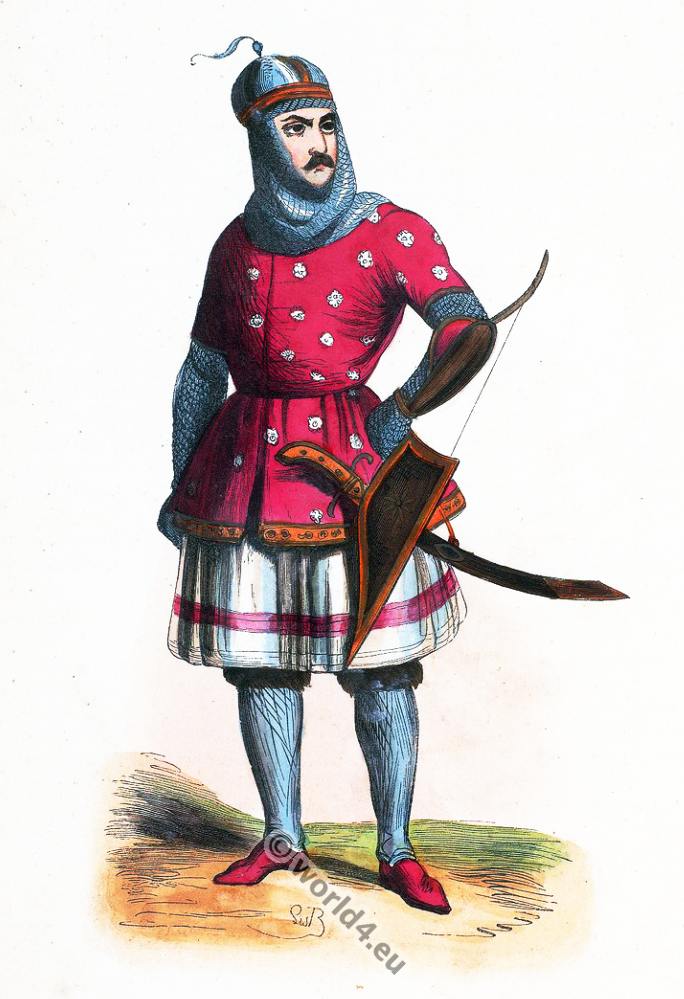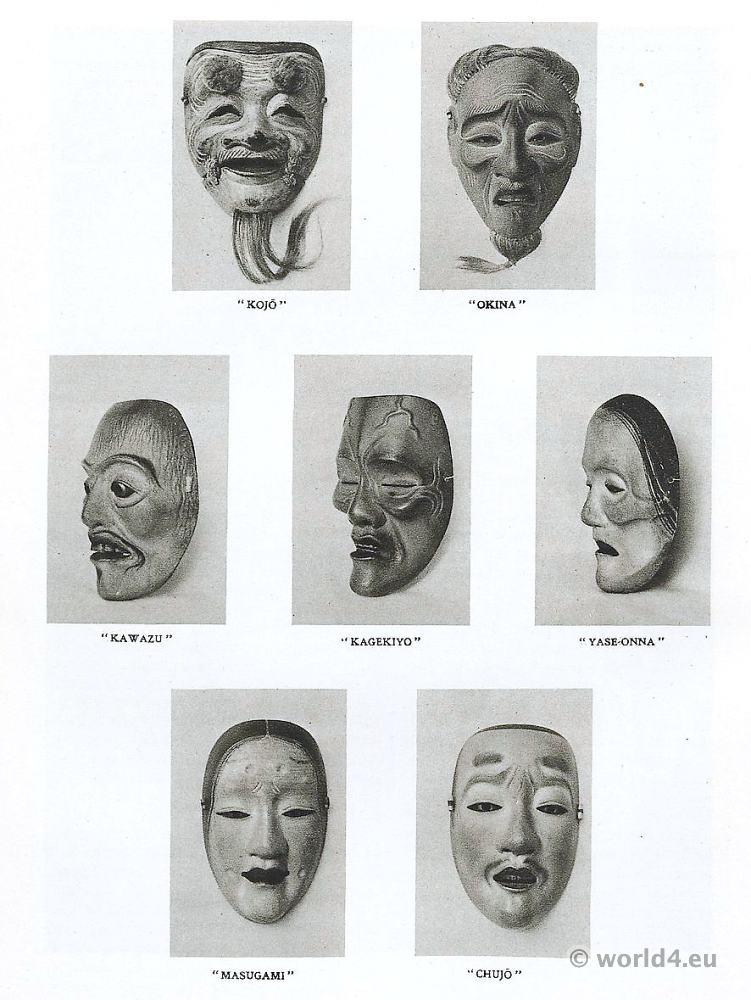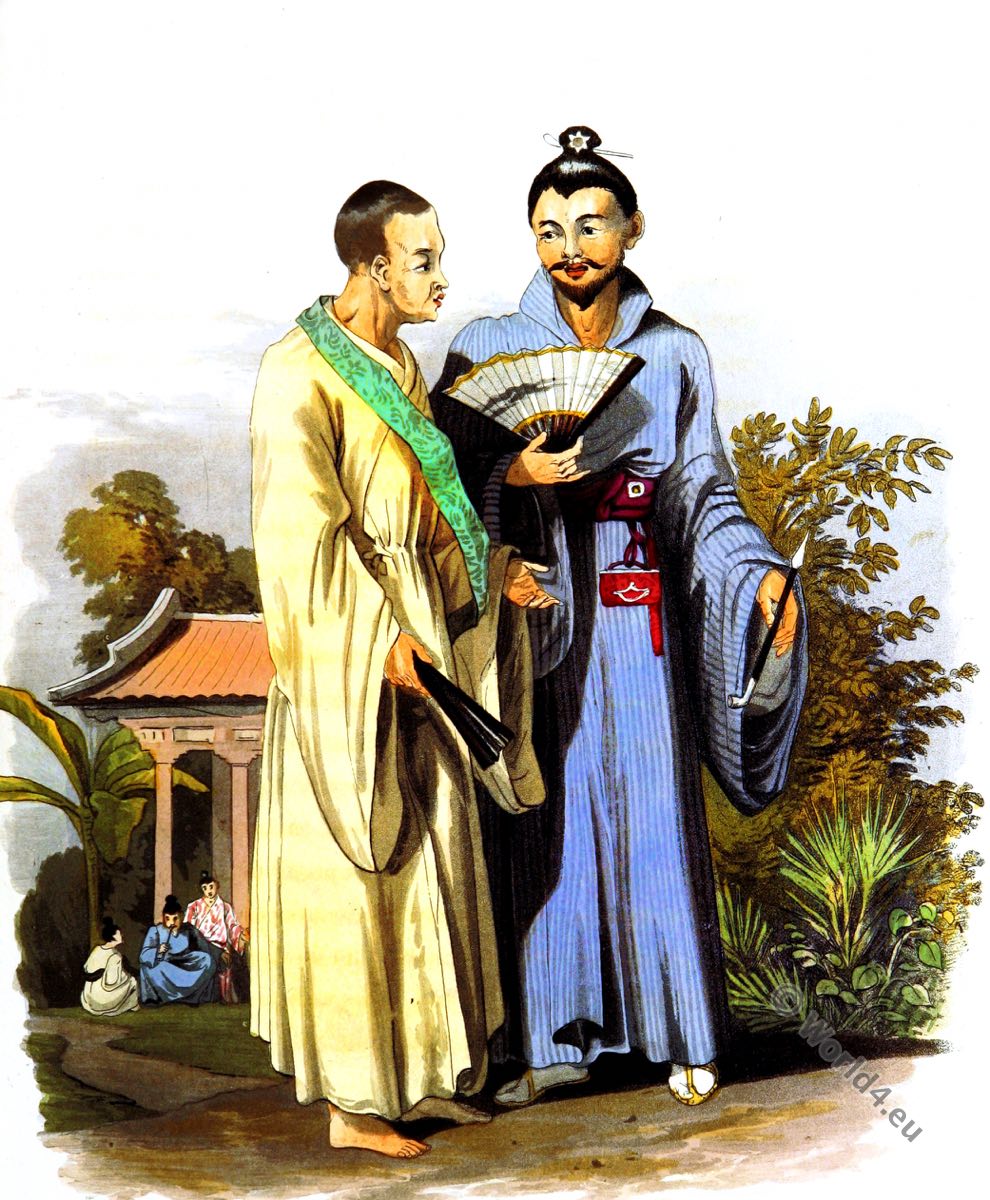The Prince of Loo Choo.
Ryukyu Islands. Shō-Dynastie. Okinawa Japan.
Source: Account of a Voyage of Discovery to the West Coast of Corea, and the Great Loo-Choo Island. With an Appendix, Containing Charts, and Various Hydrographical and Scientific Notices and a Vocabulary of the Loo-Choo Language. By Basil Hall (1788–1844). Drawings by William Havell (1782-1857). Printed by John Murray, Albemarle Street, London 1818.
Basil Hall commanded the brig HMS Lyra as part of Lord Amherst’s 1816 embassy to the Qing court in China. Britains first accurate account of Korea and Okinawa.
Related:
[sitecreator show=”14″]
- Traditional Parsis in India.
- Chinese sceneries in 19th century.
- Typical pictures of Indian Natives.
- Costumes of Japan and Indonesia by Emile Gallois.
- The Indian Mughal Empire.
- The Persians in India.
- Plant drawings from an Indian Cotton Printer`s Pattern Book, 1910.
- Historical Asia costumes by Auguste Wahlen.
- Costumes of all countries by Alexandre Lacauchie 1850s.
- Historical and folk costumes by Franz Lipperheide.
- The costume of Turkey. Ottoman Empire 18th century.
- Costumes and scenery of Afghanistan.
- Provincial Russia. Russian Costume and Culture.
- Tyrolean national costumes 1835.
- Souvenir de L’Exposition Universelle de Vienne.
- Traditional Dutch national costumes.
- Traditional French national costumes.
- The Switzerland national costumes of 17th – 19th century originals.
- Folk dresses from Norway, Dutch, Germany and Hungaria.
- Mexico by Carl Nebel 1836.
- Costume of the Russian empire by Edward Harding.
- Serbian national costumes by Vladimir Kirin.
- Historical European costumes by Auguste Wahlen.
- The Highlanders of Scotland, 1870.
- Africa, the landscape and the people 1931.
- Historical costumes from Africa, America and Oceania.
- Traditional folk costumes of Italy and France in 1821.
- The Serbs in the Adriatic. Their types and costumes 1870-1878.
Discover more from World4 Costume Culture History
Subscribe to get the latest posts sent to your email.


